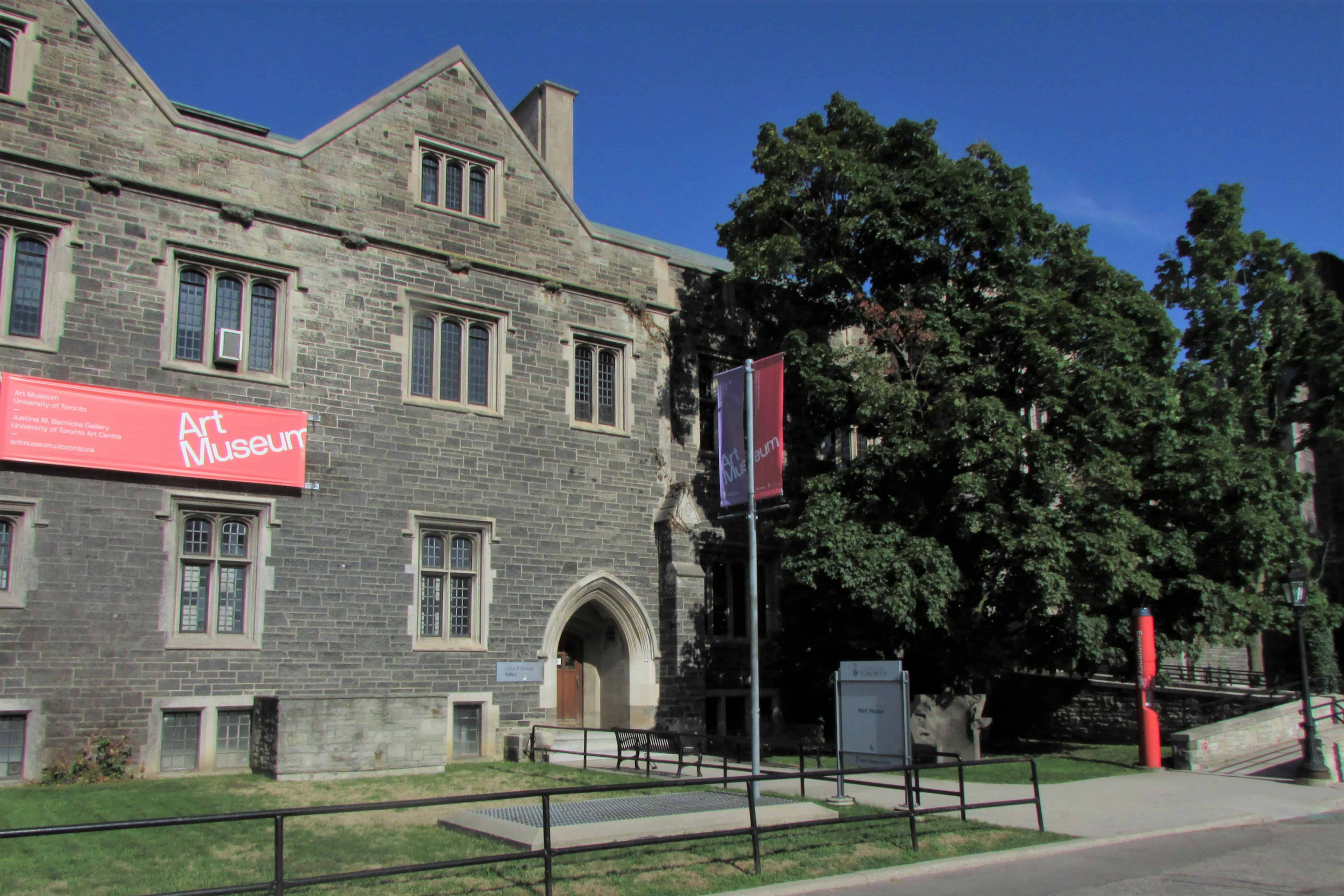Despite the beginnings of a slow transition back to pre-pandemic life, U of T and the institutions affiliated with it remain hesitant when releasing long term reopening plans. This, more than anything, exposes the tenuous nature of the present. The future is still uncertain, and plans have never felt more like nation-wide experiments.
However, some institutions, like the Art Museum — which includes the Justina M. Barnicke Gallery and the University of Toronto Art Centre — appear to have taken the pandemic in stride. The Varsity spoke with three members of the Art Museum’s staff to learn how the museum responded to unprecedented challenges as well as its plans for the future.
Shutting down
The museum was unable to uninstall one of its final exhibitions when the university originally closed down in March. Executive Director and Chief Curator of the museum Barbara Fischer said that consequently, the exhibition hasn’t been moved to its next venue, and future exhibitions have been postponed.
The Art Museum’s cautious attitude toward reopening is due in part to the type of exhibitions that were postponed. Yuluo Wei, a second-year student in the curatorial studies graduate program, explained that her thesis exhibition, originally scheduled to debut in June, will now open in the fall.
She also noted other complications associated with COVID-19. “[My] exhibition place… moved from one place to another, so I have to coordinate with the layout and floor plan,” Wei said. “You have to reconsider in terms of social distance.”
When asked about other impacts the pandemic has had on the gallery and their studies, Wei and Rhiannon Vogl, a third-year PhD student in art history and the student representative on the Advisory Board of the Art Museum, lamented the loss of social and physical interaction necessitated by pandemic life.
“Personally, I really like touching things when I visit something in person,” Wei said. “Now we cannot do this anymore.” Vogl added that, as a PhD student, she can do most of her work at home, so the bigger problem is the impact on social life.
Adapting to the pandemic
For the Art Museum, when one door closes, another one opens. The pandemic’s devastating effects on in-person experiences pushed staff to develop their programming in a virtual space, which has made it more accessible. Fischer detailed one of the largest initiatives: virtual art talks. “The University of Toronto had conversations with students and with visitors, all online of course… about the kinds of ideas that come to mind when we’re looking at artwork,” she said.
Students and curators also developed the museum’s Instagram page, a process that Wei was more than happy to share. “I pick seven [pieces] from an attraction from the Art Museum website, and then I write some words about that photo,” she said. “Then the social media manager will take care [of it] from that part forward,” she said. Much of the website content consists of older exhibitions that the Art Museum has brought back for its relevance to the current times.
Moreover, Wei said that the pandemic presents an opportunity for students to branch out to previously inaccessible works, noting an opportunity to “organize events or programming that used to be impossible… in terms of financial budget, in terms of time difference, or geographical difference.” She added that she couldn’t invite an artist from China to come to her exhibition opening in June, but “it’s actually an opportunity for all [her] artists to talk online.”
Vogl said that the pandemic has made people slow down and think more critically about the world, which affects how they experience art. “[People are] questioning issues more and questioning structures [and] debate more,” Vogl said. “And so, that critical eye that people are having the chance to develop during the pandemic… translates into a more contemplative and thoughtful way they approach artwork in a museum.”
Moving forward
Fischer felt that while the Art Museum’s plan has not yet been approved by the university, it was still ready to be shared with The Varsity. The first stage would see the museum contract installation technicians to uninstall old exhibitions and install new ones. This would lead to the second stage, which would occur when the exhibitions can be safely uninstalled and installed.
The museum will follow the university’s and their own protocols, which will include indicating walkways and offering sanitizer at every entrance. The museum will also regularly clean high-touch tools such as paintbrushes and surfaces like tabletops.
On a broader scale, all three interviewees spoke about how the pandemic would impact curation. Fischer mentioned how the deep political and social divides exposed would drive art and push galleries to adopt crucial changes. “There are many questions for us that come out of [the pandemic] what we can do, what part and role we play in long-term thinking around social justice,” she said.
Vogl believes that galleries might provide the public with a sense of normalcy. Unlike restaurants and other social venues that are usually crowded, galleries can present an in-person experience that is still introspective and individualistic in nature. The space is more flexible to the needs of physical distancing.
Wei, who recently explored the relationship between the indoors and outdoors in an exhibition called Weather Amnesia, also spoke of an opportunity to move exhibitions outside. She said that “it’s a good and possible potential for the art world” to expand into more outdoor spaces and explore those options.


